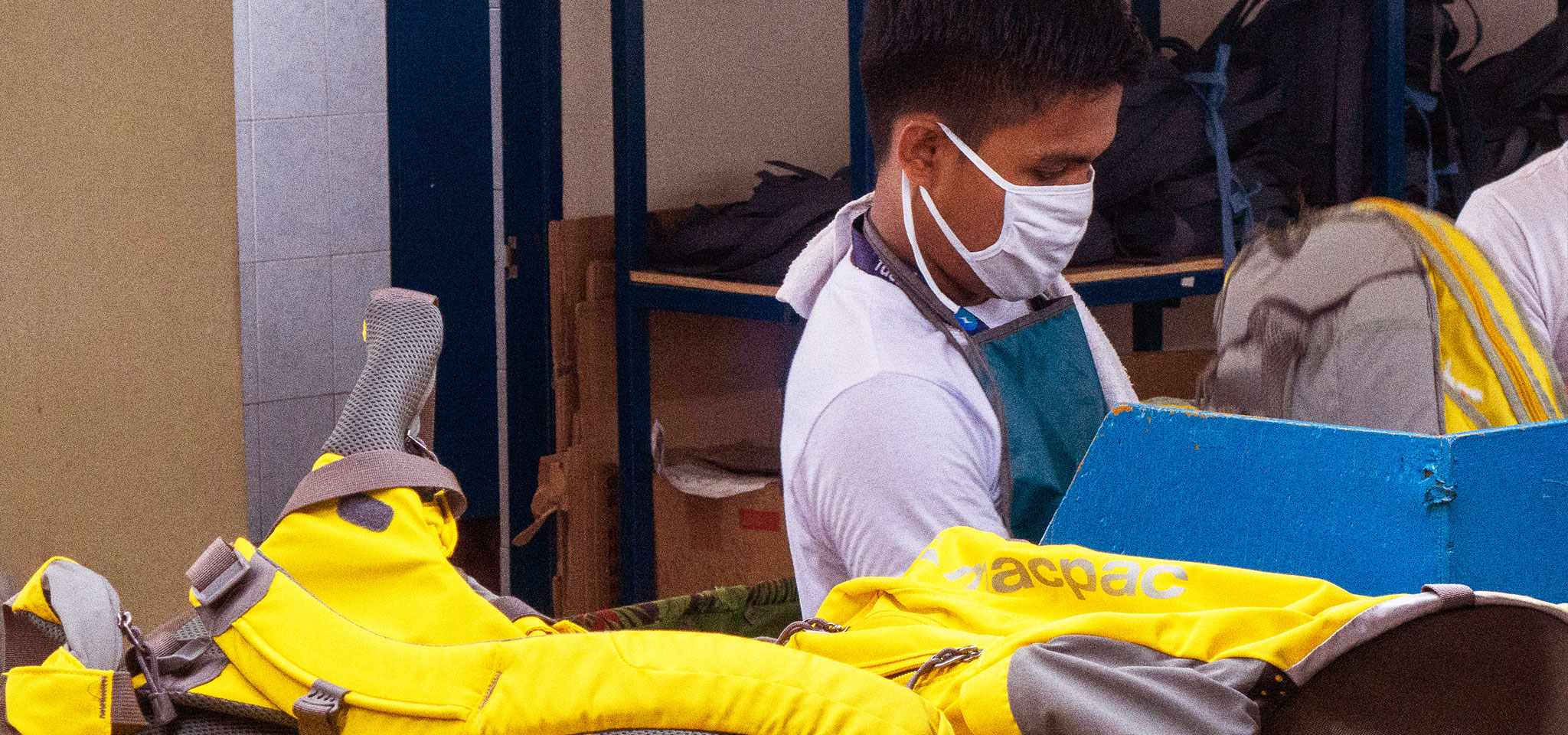
The Living Wage
Macpac’s Living Wage Journey
Over the years, we’ve worked hard to find manufacturing partners of the highest standard, who are aligned to our values and can provide the quality that Macpac is known for. Although our international network of manufacturing partners has increased, we’ve never lost sight of the fact that there are people making our product, and that we have a responsibility towards them. These workers form a part of our extended team.
Our Responsible Sourcing Code is available online: Responsible Sourcing Code- The Code sets out our expectations for what we regard as essential practices of social welfare in manufacturing facilities and covers topics including forced labour and child labour, workplace health and safety, and worker rights.
Our Code also states that workers in our supply chain should always earn enough to meet their basic needs and to provide some discretionary income for them and their families.
However, as our better business journey evolves, we see the need to move beyond these foundational requirements. We know that wages in the garment industry are notoriously low. More and more, workers struggle to make ends meet and this is particularly true in the current climate, where the divide between high and low incomes has become more pronounced.
We recognise that there is a growing gap between what a basic income can afford, and what a living wage can provide. We believe that all workers should be able to afford a decent standard of living from a standard work week, i.e. a living wage.
This means that a standard work week (with a maximum of 48 hours) should be sufficient to provide adequate nutritious food, housing, healthcare, clothing, transportation, energy, water, childcare, education, and other essential needs for a worker and his or her family, including some discretionary money and provision for unexpected events.
Achieving a living wage is challenging and will take time. It requires building a greater understanding of the current prevailing wages in our supply chain and the interplay between overtime hours and wages. It also requires that we upskill our own team to ensure that our purchasing behaviour on the one hand doesn’t contradict the requirements of our Responsible Sourcing Code on the other.
This work is ongoing and is a key component of our Better Business effort.


